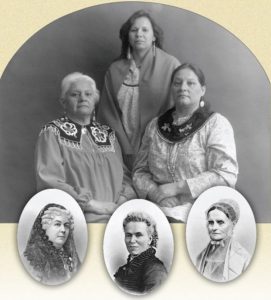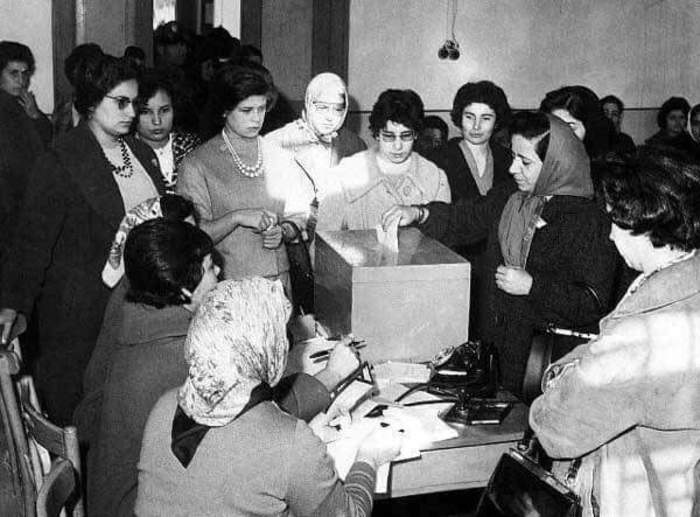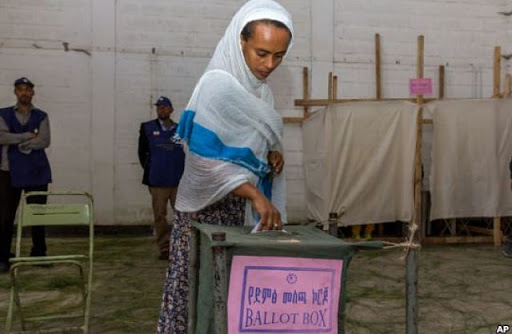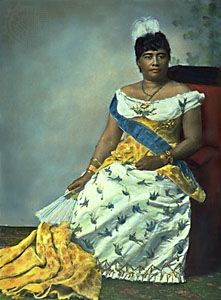

During the framing of the Constitution, Abigail Adams famously urged her husband to “remember the ladies.” But it wasn’t until the 20th century that women were granted the right to vote. As you may be aware, 2020 is the centennial of the passage of the 19th Amendment to the Constitution.

In 1756, in Uxbridge, Massachusetts, Lydia Taft became the first legal woman voter in colonial America.

Voting rights did not come easily, nor did they come all at once. With the exception of internal tribal voting on a few Native American reservations, voting was limited to white women until the 1950s, Unmarried white women who owned property could vote in New Jersey from 1776 until 1807. Women were casting ballots as early as 1838 in Kentucky, where widows with school age children were allowed to vote on school issues. In 1869, Wyoming granted women full voting rights in territorial and local elections. In 1893, Colorado became the first state to pass women’s suffrage into law. Idaho and Utah gave women the right to vote at the end of the 19th century. By 1914, eleven states and one territory allowed women to vote.


Partial Suffrage

During the years of partial suffrage, voting was a complicated business. One solution to the problem of separate ballots came in 1899, when Lenna R. Winslow of Columbus, Ohio—my home state—applied for a patent for a “Voting-Machine.” There were many versions of voting machines already patented, going back to 1875. But Winslow’s creation was unique. It was a single booth with two doors, one marked “Gents” and the other, “Ladies.” When one entered, the door essentially flipped a switch that brought up either the full ballot or the restricted one. Thus this voting machine was an analogue computer.

Voting around the world has been restricted in various ways for both women and men, but I’ll focus on women in North America. Several Native American nations gave women decision making power equal to men, more in some areas. For example, starting sometime before 1654, Iroquois women had a deciding vote in the councils. Women elders voted on the male chiefs and could depose them.
.
.
Through the end of the 19th Century, there was a gradual shift away from what many historians called the “Cult of True Womanhood”—the idea that the only “true” woman was a pious, submissive wife and mother whose only area of concern were home and family. Many religions encouraged this idealized gender separation.

Seeking Suffrage
The U.S. is typical of modern democracies in that men had the vote before women. One exception was Hawaii. In 1840, the Kingdom of Hawaii had universal suffrage—but it was rescinded for women in 1852.
Elizabeth Cady Stanton and Lucretia Mott were active in the suffrage movement and invited abolitionists to meet in Seneca Falls, New York, in 1848, to discuss women’s rights. The delegates produced a Declaration of Sentiments that began in the words of the Constitution but declared “that all men and women are created equal…”

In the decades leading up to the Civil War, the campaign for women’s suffrage was very active. Perhaps this was because in the 1820s and 1830s most states had extended the vote to all white men, regardless of wealth or property ownership.
The women’s movement lost momentum during the war, but as the 14th and 15th Amendments were passed, the old questions of citizenship and suffrage emerged again. At that point, all males were citizens, and black men were guaranteed the right to vote.
The Women’s Christian Temperance Union (WCTU), established in the U.S. in 1873 campaigned for women’s suffrage as well as ameliorating the condition of prostitutes. It was one of several organizations who were actively supporting various social causes in addition to women’s suffrage—e.g., anti-alcohol, religious movements, moral-reform societies, and anti-slavery movements.


Black suffragists started aggressively asserting their right to vote in the 1890s. Even after the passage of the 19th Amendment, all women didn’t have equal access: many women of color were disenfranchised through various loopholes and thus had to continue to fight for their voting rights. When poll taxes, literacy or comprehension tests, and onerous residency requirements did not keep people away from the polls, racist enforcers resorted to misinformation or outright intimidation campaigns to prevent Black citizens from voting.

Starting in 1910, some states in the West began extending the vote to women. The Southern and Eastern states were most reluctant. In 1916 Carrie Chapman Catt initiated a campaign to mobilize state and local suffrage groups all across the country to lobby for voting rights state by state.


Several leaders of more aggressive suffragist groups began more confrontational actions than marches and petition drives. Alice Paul used radical, militant tactics—such as hunger strikes and White House pickets—to generate publicity and support for the cause. While picketing outside the White House, 33 members of the National Women’s Party were arrested and sentenced to months in the Occoquan Workhouse. On the night of November 14, 1917, prison guards at the Workhouse restrained, beat, knocked unconscious, and threatened to rape many of the suffragists, including Dora Lewis, Dorothy Day, Minnie Prior, and Lucy Burns. Alice Cosu suffered a heart attack because of the abuse.


The momentum lagged again during World War I, but women’s work on behalf of the war effort turned the tide after the war, leading to the passage of the 19th Amendment in 1920—at least 100 years after the start of the movement.

Time Marches On

In 1923, the National Women’s Party proposed a Constitutional Amendment prohibiting discrimination on the basis of sex. This Equal Rights Amendment has never been ratified.


Bottom line for writers: Besides the rich background for historical writing, consider a future in which the Equal Rights Act is revoked. Consider what would happen if individual states decided to go back to partial suffrage for some groups.
P.S. Women’s voting rights varied around the world, but with the granting of suffrage in Saudi Arabia in 2013, women can vote in almost every country that holds elections. In the Vatican City, only Cardinals are allowed to vote, and only men can be Cardinals.

Iraq 
Algeria 
Kurdistan 
Lebanon 
Nigeria 
Syria 
Saudi Arabia 
Vietnam 
Japan 
USA 
Vatican City 
Mexico 
Russia 
Chile 
Ethiopia 







